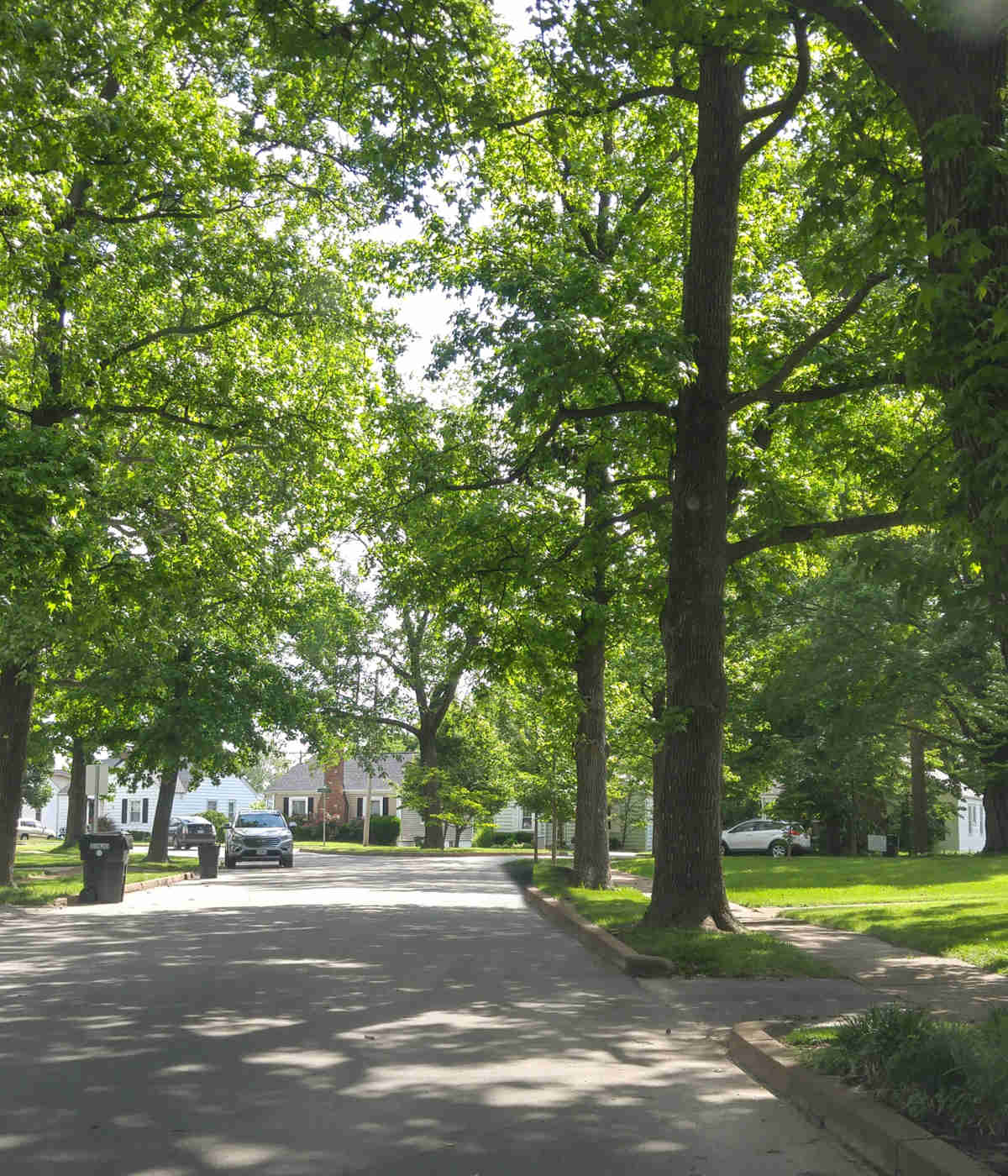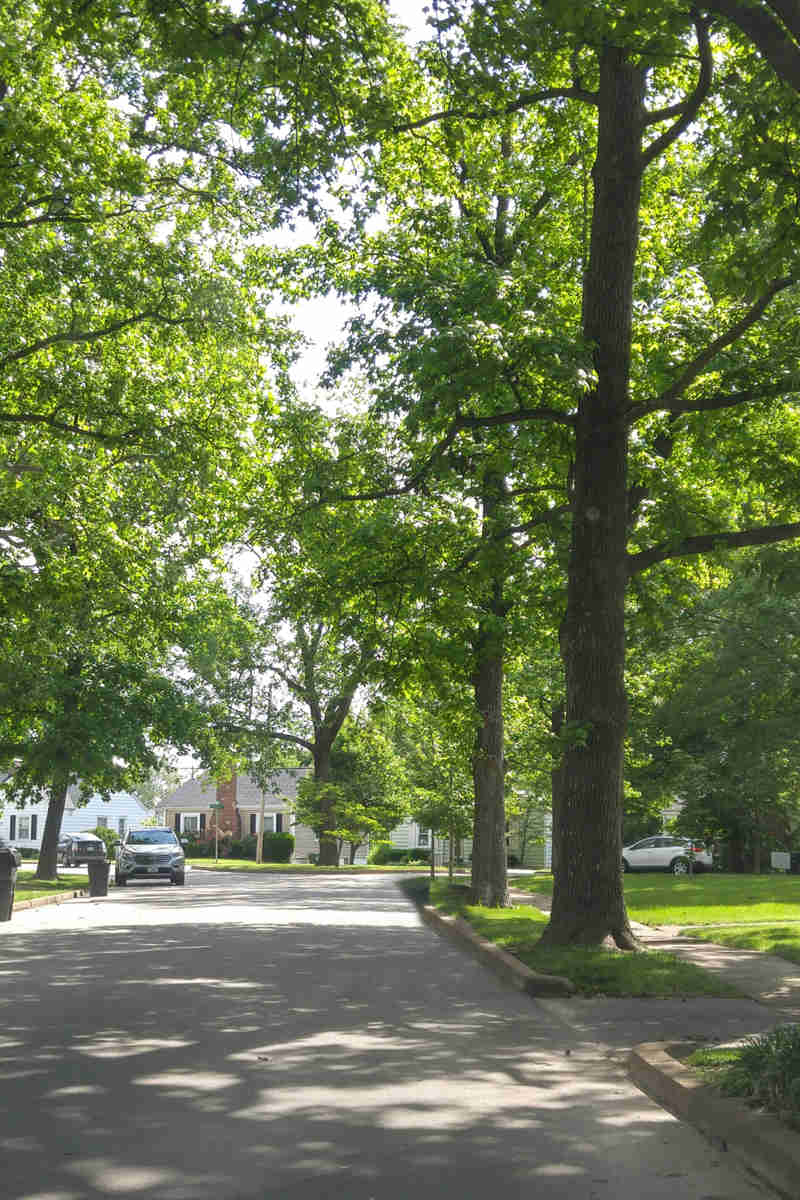Spotted lanternflies are well-known invasive pests that can become a major nuisance. First detected in Fitchburg, Massachusetts, in 2021, the pest’s population has grown into Worcester County, Hampden County, Middlesex County, and Norfolk County.
Knowing why spotted lanternflies are bad, how to identify them, how they threaten your landscape, and what to do when you find a spotted lanternfly can help protect and preserve the trees in your backyard.
Spotted Lanternfly Overview & Identification
Since they aren’t native to the U.S., where did spotted lanternflies come from? These insects are native to China, India, and Vietnam. They were found as non-native pests in Japan and South Korea before being detected in the Lancaster, PA area in 2014.
The first step in treating this invasive pest is to identify it. Adult spotted lanternflies are 1 inch long and ½ inches wide at rest. Their forewings are gray with black spots, and their wing tips are gray with black spots outlined in gray. Their hind wings boast bright red and black patches with a white band. Their head and legs are black, and their bellies are yellow with black bands.
Spotted lanternfly nymphs go through four stages before reaching adulthood. For the first three stages, nymphs are black with white dots. The fourth stage looks similar but with the addition of bright red. They are unique, hopper-looking insects that may resemble a spider at first glance when they’re small.
Spotted Lanternfly Life Cycle
Knowing how to identify spotted lanternfly eggs can help stop an infestation before it begins. Freshly laid egg masses are coated with a white substance and, as they age, look as if they are coated with a gray mud that dries and cracks. Very old egg masses look like brown seed-like structures that line up in vertical columns.
The timing of a spotted lanternfly’s life cycle can vary slightly depending on local temperatures. Egg laying can start in September and last through late November or early December. The eggs overwinter then hatch in May. Nymphs reach adulthood in July. There is one generation of spotted lanternflies per year.
Spotted Lanternfly Threats & Tree Damage
A spotted lanternfly damages its hosts by feeding on tree sap, stems, and trunks. When it does this, it secretes sugary excrement that can later encourage growth of sooty mold.
Trees that are affected by spotted lanternflies include:
- Tree of heaven (Ailanthus altissima)
- Grape vines (Vitis spp.)
- Apple trees (Malus spp.)
- Plum, cherry, peach, and apricot trees (Prunus spp.)
- Pine trees (Pinus spp.)
- Maple trees (Acer spp.)
Trees of heaven and wild grape vines are the spotted lanternfly’s preferred hosts.
How To Get Rid Of Spotted Lanternfly
Now that you know what spotted lanternflies look like and the damage they cause, the next question may be what to do when you find a spotted lanternfly.
While spotted lanternflies are known to be harmful to trees, they will lay eggs on just about any surface they can find, like rocks, cinderblocks, bricks, cars, furniture, and trailers. If you live in an area where spotted lanternfly is established, scrape egg masses from their host plants or other surfaces and destroy them by smashing them or putting them in a container with rubbing alcohol. Circle traps and sticky bands can be used to trap nymphs and adults. Once trapped or identified, spotted lanternflies must be destroyed to stop their spread.
Spotted Lanternfly Frequently Asked Questions
Scrape spotted lanternfly eggs from the tree or surface they’re residing on and destroy them by smashing them or putting them in a container of rubbing alcohol.
Spotted lanternflies are active from mid-July to October.
If you live in an area where spotted lanternfly is not yet established, report your sighting to the Massachusetts Department of Agricultural Resources. When you see a spotted lanternfly, destroy it immediately.
At Hartney Greymont, we have local arborists throughout Massachusetts located in Needham, Concord, Danvers, Cape Cod, and the surrounding areas that can help identify spotted lanternflies and treat spotted lanternfly damage.



